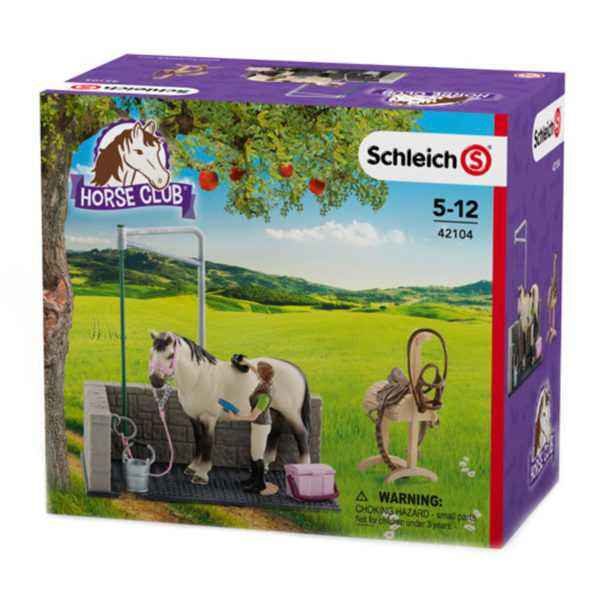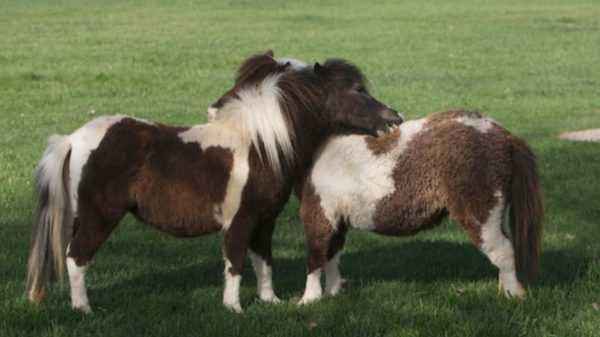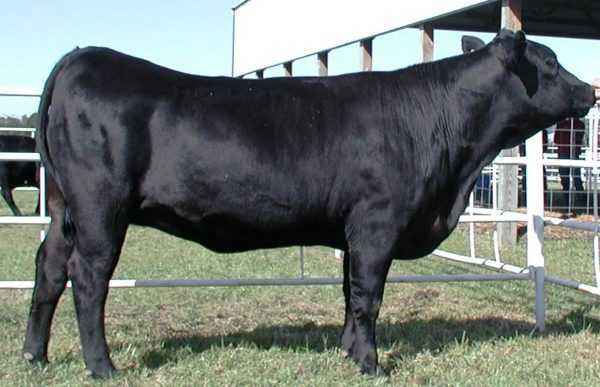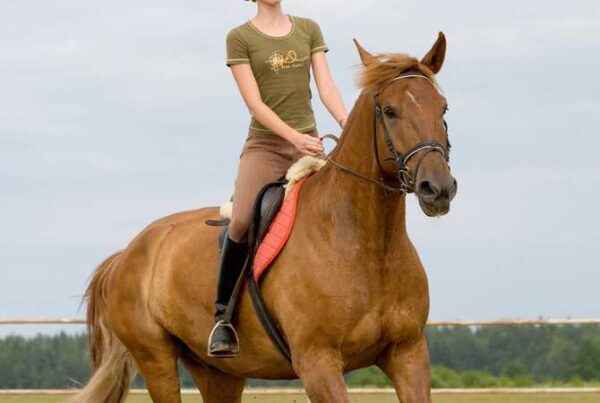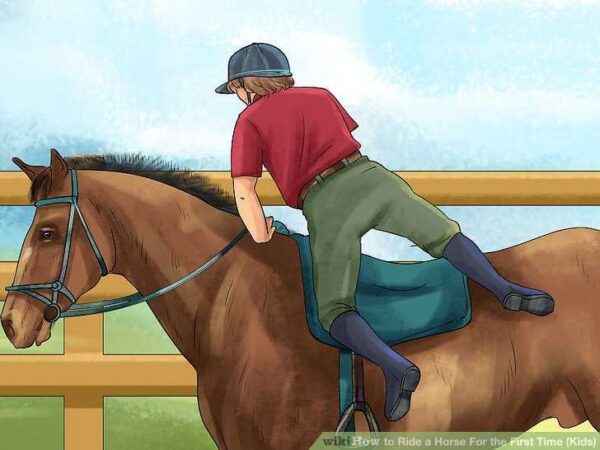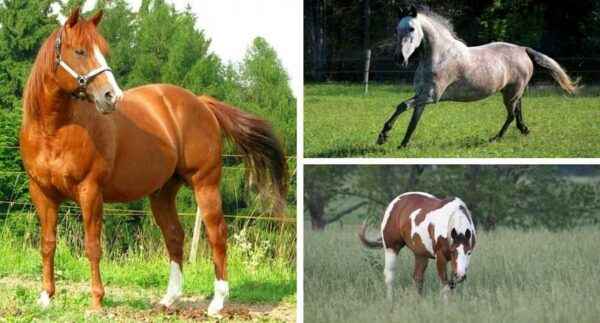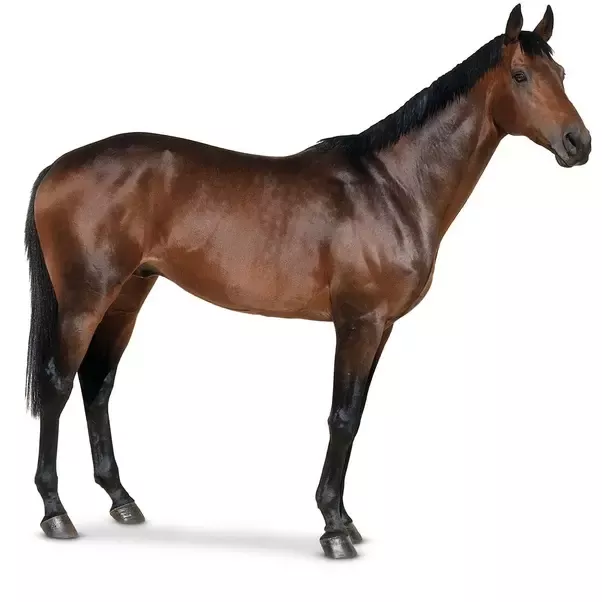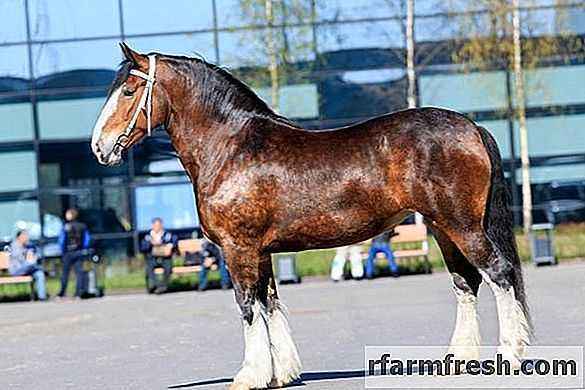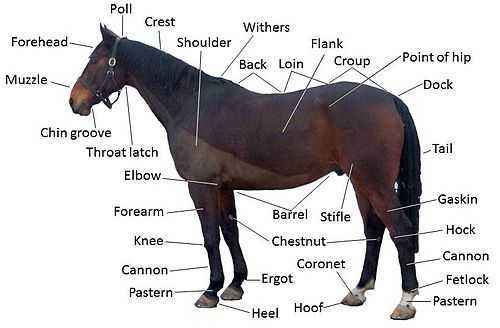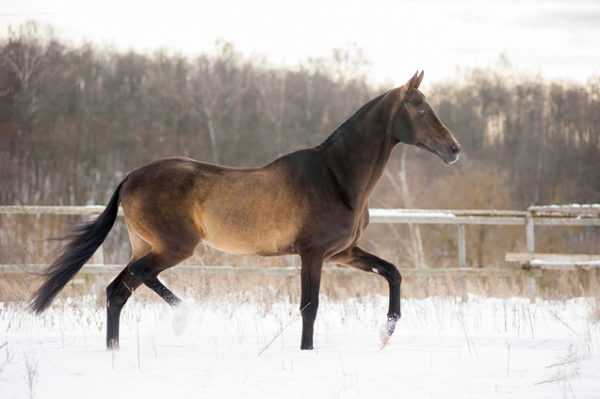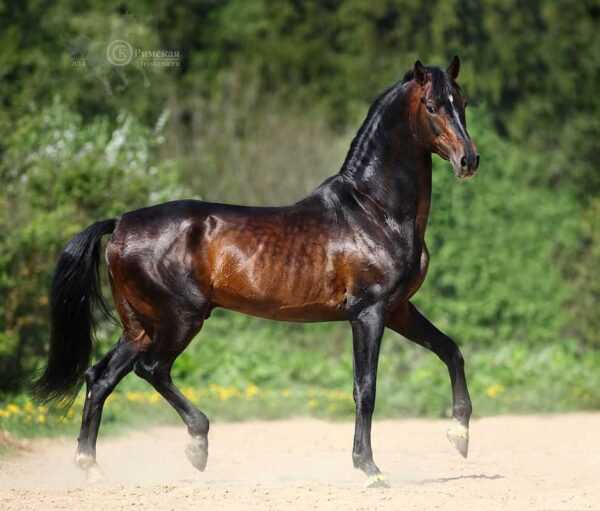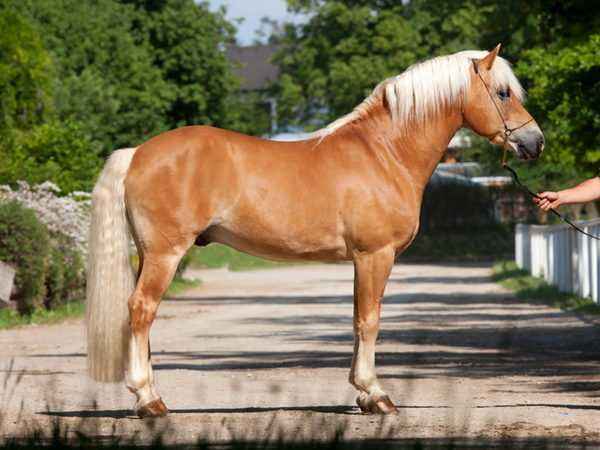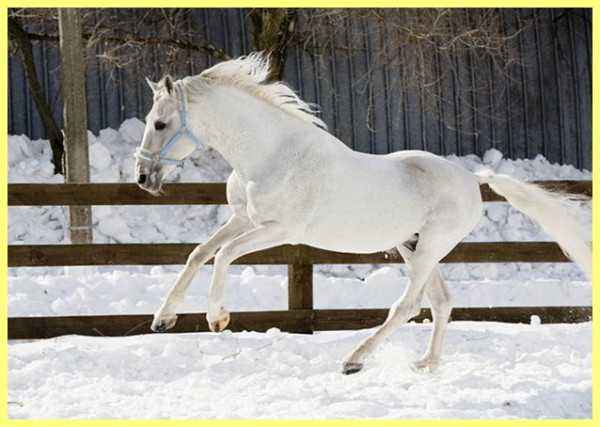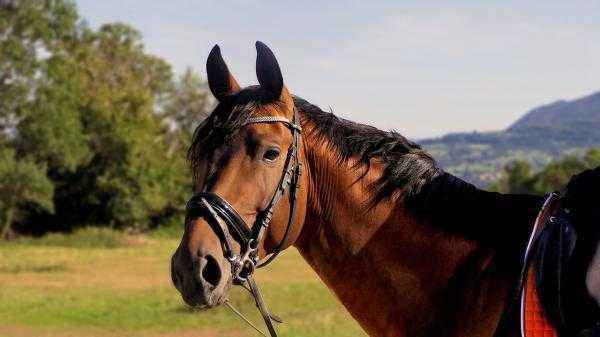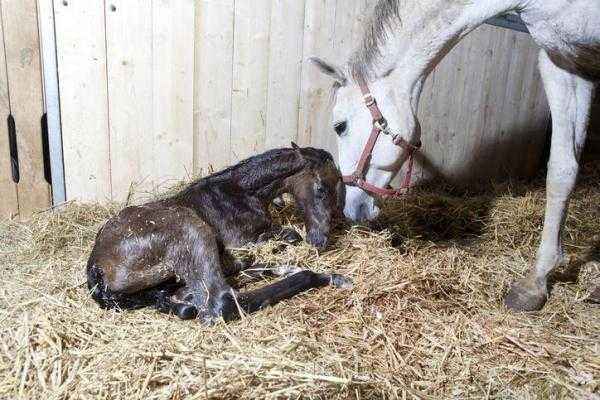Horses and carts are a great way to travel for the inhabitants of rural remote places and villages. However, despite all the advantages of such trips, it is important to learn how to harness horses correctly and quickly. In the absence of experience, the question of how to harness a horse can cause difficulties, and the ideal ability to cope with this difficult action will appear only after a certain number of practices.To harness a horse, it is important to learn not only the advice from professionals and experienced grooms, but also to familiarize yourself with all stages of the harness.
- Composition of the harness
- Variety of horse harnesses
- Horse harness process
- Recommendations from professionals
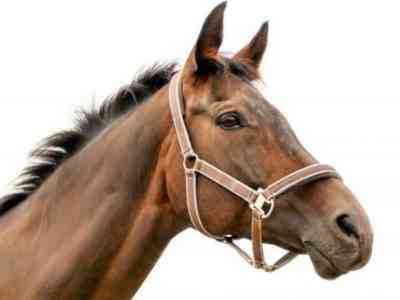
How to harness horses
Composition of the team
Everyone knows that the horse needs to be harnessed, however not everyone understands the structure of the harness, ensuring the implementation of the planned actions. It should be remembered that the harness has several main components, which we will consider in more detail below.
- The bridle is the most dominant component required to control the animal while riding. The bridle is an occipital belt, a fishing rod with a ring. It is equipped with two straps on the cheeks and chin.
- A saddle is a special device that attaches and fixes a harness that can increase traction.
- A cinch is an element that is aimed at holding the saddle.
- Shlea – an element that allows you to hold the clamp and fix it during movement. In appearance, these are several adjustable straps.
- Weekday is a belt that runs in the saddle. The fastening is shafting. Such a strap allows you to hold and fix many of the main components of the harness and carry out traction.
- Clamp – an element that serves to provide traction from the horse to the movement device. Homutina, pincers, tire, tugs, felt lining, ring and throat are part of the clamp. You can save horses from squeezing with the help of “relaxation” of the clamp.
- The underbelly is a belt from the name of which it is already clear where it is attached. It is necessary for fixing.
- The reins are a particularly important component, because thanks to it the cart moves.
- The arc is a device that serves as a connecting element, a shock absorber: tug “reduces” the clamp and the shaft to soften jerks, strikes.
A cart and cart can move correctly only if the harness takes into account the importance of each element.
A variety of horse harnesses
In addition to the design of the harness, to understand how to harness a horse, you need to consider the types of this component. A harness is necessary in order to provide traction reinforcement from a horse to a cart, sled, carriage. To maintain working capacity, an individual version of the harness is selected, which regulates the size and is suitable for physique.
Today, a horse is harnessed in several ways. What is the name and difference of each of them?
- Line-by-line.This method is the simplest, because the harness is not equipped with a drawbar, an arc and does not have a shock. Another name for the harness is a tie. The method is ideal for harnessing crews, carts and agricultural work. The horses are harnessed by attaching a harness and securing the wagon ring.
- The ferocious arc method is ideal for harnessing a horse to a traditional cart. To do this, you should check for the presence of a nurse, an interweeker, a tug, a suponi, arcs, and an abductor. The collar must be selected based on the size of the horse, because it should fit the horse’s shoulders, like a collar. To narrow the collar, use felt stripes. Having picked up a small collar, you must abandon it immediately. It is necessary to harness the horse with an interweek and a nurse, so that the thin animal cover is not damaged by the belt. Hearts are pulled and passed over the upper part. This element serves as a pressure distributor for horses. The importance of the arc is to ensure the correct position of the shafts.
- The line-draw bar (also called a steam room) is suitable only for 2 animals, which is especially appropriate in rural areas when performing heavy business operations. The pair harness provides a cart equipped with a drawbar (shafting, which is located in the center). It is to the shafts that horses and horses are fastened. The harness consists of post-fragments, stripes and bibs.You need to adhere to a certain procedure, so that the harnessed horses feel comfortable and provide you with quality work. First, the horses are placed in bridles and clamps, after which they are placed on 2 sides of the shafts. The drawbar is dressed in a blouse (this applies to both animals) and is fixed in the chest ring. Thanks to the stripes, it is possible to control the tension and fixation of the clamp. The last step is to fasten the bibs and fasten the reins.
If there are more than two horses, then a train with a train will do. A horse correctly harnessed to a wagon will not only save you from unnecessary trouble, but it will also really delight you with its work. The only thing you need to know is the design and typology of the team. After studying the theoretical material, the transition to practice will be simple and quick.
The process of harnessing a horse
Regardless of where you are going, you need to provide yourself , and horses safety, and this is only possible with the right harness. How is a Russian one-shot harness performed? It is important to follow the steps described by professionals consistently and clearly.
- At the very beginning, you need to properly inspect and wash the horse. It is important not only to check her well-being, but also to analyze whether the team and all its components are damaged: there should not be any cracks and tears anywhere.When detecting carts of different lengths, it is important to equalize them so as not to result in poor movement. After examining the animal and the cart, you can move on to the rest of the components.
- You need to connect the abdomen with the weekly using a ring. After threading in, you need to make a loop – it covers the shafts.
- The horses are put on a collar, equipped with a bridle and saddle at the bottom of the withers. For the correct location of the clamp, you need to try, because it can only be located with ticks to the top. After that you can lower it and turn it around your neck, fixing it if necessary.
- At the next stage, the belts and buckles are connected as tight as the palm can pass.
- The horse is brought into a deafness. To do this, you need to choose one of the options: the animal can independently cross the shafts through the perch or it is led backwards into it. You can also use the rolling method for shy or young animals.
- An arc is taken and leans against the horse on the right, with the help of his left hand, twist and adjust the carts to the required size. It is important to place them near the edge of the shafts.
- The arc is threaded on the left side of the loop, the second edge is shifted through the shafts. It is important to ensure that the loop is inside the arc, which is located on the neck. The arc is turned by a recess towards the shafts, on which the tug is imposed. The clamp is tightened, the ticks are wrapped with a supon.After their contact, it is necessary to monitor the location of the arc and the shafts at a right angle.
- It is necessary to attach the animal to the left shafting. You can begin to insert the clamp only after pulling the horse a step back.
- The head is thrown in for a reason, the tug is attached with the lanyard in such a way as to prevent the horse from raising it. Each belt is thrown through the shafts to prevent “hanging out.”
- The fishing rod is attached with reins.
So the horse is harnessed to the wagon. If everything is done correctly, then you are guaranteed to get a safe ride and maintain normal animal health. Remember that a lot depends on the frequency of training, because horses are far from simple animals, so you need to not only find an approach to them, but also have a supply of relevant knowledge.
Properly harnessed horses and a cart are the keys to a safe ride. Today, several types of teams are used: for one, two or more horses. European grooms share a multi-window harness for 4, 6, 8 animals. The team, in addition, can be arc, arcless, exit and transport. To work with 2 horses use the line-drawbar method, and to attach the plow and crew – line-by-line. Harnessed handsome men are quality and helpful workers in the field of agriculture.
Recommendations from professionals
Having examined what a horse harnessed to a cart looks like and what it is, it doesn’t hurt to consider tips that might ease the harness process.
- In order for the animal not to give up the mouthpiece, you can use honey or peppermint oil. Lubricate it until the horse has adapted.When inserting a mouthpiece, it is important to ensure that the animal does not hit the jaw, because this leads to serious damage. In winter frosts, you should ensure that the mouthpiece is sufficiently insulated.
- When cleaning hooves, it is important to protect yourself from possible blows, therefore it is better to stand sideways or with your back turned to the animal’s head.
- If the wagon is old and damaged, it must be repaired.
- During the first attempts to harness it is better to use the help of experienced comrades. It is especially important not to succumb to panic and sudden movements.
- When putting on any components of the team it is better not to make sudden movements so that the horse is not scared. You can approach it only after the preliminary position of the hand on the shoulder.
- When attaching the reins, you need to ensure that the fasteners are turned outward and do not injure the animal.
- When putting on the saddle and reins can only be approached to the animal on the left. In the future, you can accustom animals to comprehensive contact.
- The saddle should not bring any discomfort.
- The old stirrups are regulated by loops, however, it is forbidden to stand on them, otherwise stretching cannot be avoided.
- When harnessing, you should never kneel or sit down, because the animal can cause serious damage.
Such a simple safety measure, like a helmet, for some reason is often not taken into account when riding a horse horses.However, this element of equipment should be a constant companion, and it must be stored and maintained according to special rules. Only helmets with a shelf life of less than 5 years are suitable for riding.
As it turned out, not everyone can put a horse in a sled or cart, because it requires certain skills and dedication from a person.
